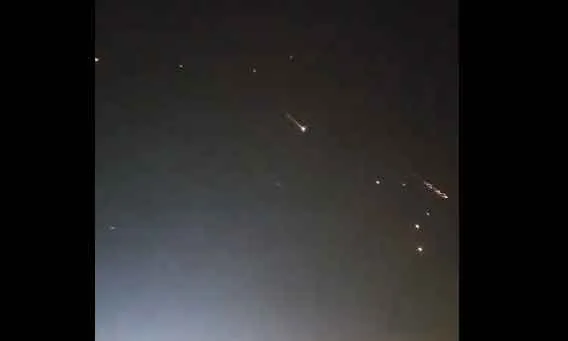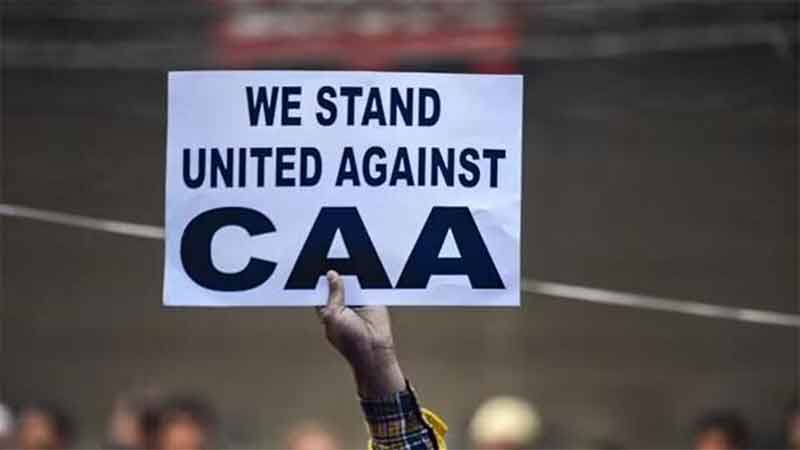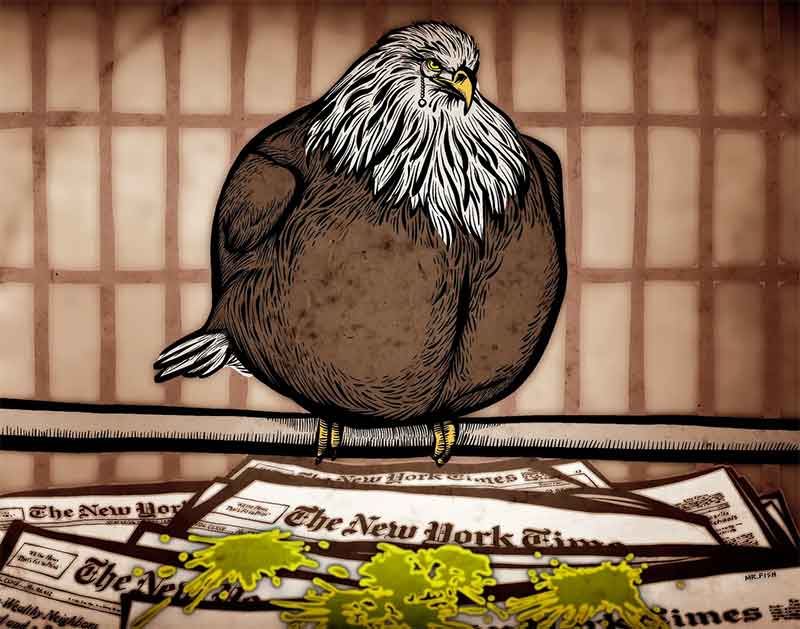
This is part-2 of a Report on the subject, briefly covering talks held and touching on some significant issues involved.
Part-1 was published on June 5 : Flood of Misinformation on the eve of India China Talks.Indian media in all languages is carrying on a jingoistic propaganda on China’s intrusions into Indian borders, almost all along the LAC, it was pointed out in it.
India and China held their first round of talks between senior military officers on June 6 with sources expressing “satisfaction at the positive trajectory.”
Talks Concluded : Times of India June 7 reported :
It was a marathon meeting between the Indian delegation led by 14 Corps commander Lt-General Harinder Singh and the Chinese side headed by South Xinjiang Military District commander Major General Liu Lin…The Indian delegation crossed over into Chinese territory for the meeting, at the Chushul-Moldo border personnel meeting (BPM) point in eastern Ladakh, at about 11am. The dialogue, interspersed by lunch, carried on till the evening,
But sources said the meeting was “positive” and could eventually lead to restoration of status quo ante in eastern Ladakh, with both sides de-inducting soldiers and heavy weaponry from the confrontation sites at the northern bank of Pangong Tso (Tso means lake), Gogra-Hot Springs area and Galwan Valley region in a phased manner.
The Hindu June 7 additionally referred to media role :
Before the talks began, the Army issued an advisory to the media that both sides remained engaged through established military and diplomatic channels “to address the current situation in the India-China border areas” and speculation would not be helpful. “At this stage, therefore, any speculative and unsubstantiated reporting about these engagements would not be helpful and the media is advised to refrain from such reporting,” it said.
The MEA said in a statement on June 7 Sunday :
“Both sides agreed to peacefully resolve the situation in the border areas in accordance with various bilateral agreements and keeping in view the agreement between the leaders that peace and tranquility in the India-China border regions is essential for the overall development of bilateral relations,”
“In recent weeks, India and China have maintained communications through established diplomatic and military channels to address the situation in areas along the India-China border.”
In the meeting, India and China also agreed that an early resolution would contribute to the further development of the relationship between the two countries. This came in view of the 70th anniversary of the establishment of diplomatic relations between the two countries.
“Accordingly, the two sides will continue the military and diplomatic engagements to resolve the situation and to ensure peace and tranquility in the border areas,” the MEA said.
Other noteworthy reports after the talks :
During the meeting, India sought restoration of status quo in Pangong Tso as it was before the military buildup in April of this year. China, on the other hand, reiterated its demand for India to stop any road construction activity in the region.
Former Indian Army chief General Bikram Singh on June 6 :
“It may get resolved today. But if not today, it may take two-three more meeting…This is a very opportune time to get a permanent solution to this issue because both countries are presently headed by strong leaders. I had said this some years back in a column too,”
He said border disputes with China is a vexed issue because parliaments of both the countries have stated that the disputed territory is theirs. “But it can be resolved with a strong political leadership. It (border dispute) will have to be made a national issue that needs to be resolved.“
The former army chief however said a final solution to the border dispute with China can be reached only at the political and diplomatic level.
Speaking about the Indian Army’s preparedness, he added: “ At present, we should not indulge in things that can raise temperature and escalate the situation.”
NYT Report post-talks:
China appeared to have stepped up its activity in the area this spring after the recent expansion of a road network on the Indian side of the border. India has been trying to strengthen its defenses in the remote region, where altitudes exceed 14,000 feet.
Reuters reported:
Indian officials said both sides would first focus on getting both the Indian army and the People’s Liberation Army to pull back additional troops and equipment deployed in the area.
China’s viewpoint:
Chinese analysts reached by the Global Times on June 6 echoed similar views, agreeing that the peaceful discussion through the diplomatic channel is the only effective way to resolve the problems.
They also emphasized that the Indian side should immediately stop provocative acts along the border and respect China’s bottom line stance on the common border, otherwise deadlock will not be truly resolved.
They cautioned that the seemingly friendly rhetoric the Indian side deliberately revealed to the Western media could also serve as a pressure tactic against China, aiming to silence China’s reasonable proposition on the pretext of peaceful resolution.
“… But the Indian military must halt any constructing defense facilities across the border into Chinese territory in the Galwan Valley region, and stop crossing the border to create conflicts, which allows no wiggling room and is the fundamental sincerity the Indian side has to offer, ” Song Zhongping, a military expert and TV commentator, told the Global Times on Saturday. .. any major China-India border disputes, bigger than the current round of tensions, may require participants at the level of the defense and foreign ministries, Song said.
Chinese border defense troops have bolstered border control measures and made necessary moves in response to India’s recent, illegal construction of defense facilities across the border into Chinese territory in the Galwan Valley region, a source close to Chinese military told the Global Times in May…
The Indian side built defense fortifications and created obstacles to disrupt Chinese border defense troops’ normal patrol activities, purposefully instigated conflicts, and attempted to unilaterally change the current border control situation, the military source said.
This round of China-India border tension is reminiscent of the 2017 Doklam stalemate.
China’s stance at the border is consistent, which adheres to the principle of not initiating troubles and safeguarding the peace and stability at the border region, said Hu Zhiyong, a research fellow at the Institute of International Relations of the Shanghai Academy of Social Sciences.
“The Indian side might have miscalculated the situation, and tried to press China to make compromise by creating troubles amid the COVID-19 pandemic,” Hu told the Global Times on Saturday.
Chinese observers predict that the military of the two countries, after Saturday’s high-level meeting, will cease operations “to certain extent,” but the border tension may continue, mainly due to India’s tendency of playing petty tricks on the border.
*** ***
In part-1 we pointed out the PIB clarification: Attempt to link it with the situation on the Northern borders is mala fide…The video being circulated is fake…
Diplomats from both sides had consultations on June 5, before military officials held talks. India’s Lt General Harinder Singh led a military team for discussions with a team from China’s Tibet Command. It was underlined that “The two sides should handle their differences through peaceful discussion …and not allow them to become disputes”…This meeting could be the first of several ..reported Indian Express June 6 evening. Officials as expected cautioned against expectations of any immediate resolution.
It is notable that despite such formal policies and official clarifications, media continued jingoistic propaganda and provocative visuals. Is this media freedom, as practised by the ruling elite?
*** ***
“It is an LAC…an un-demarcated and undefined border”
“As someone who has seen this situation developing over the past 50-60 years,” former national security advisor (NSA) of India. M.K. Narayanan urged caution when looking at the current Indo-Chinese stand-off. He was speaking at an online seminar May 29 Friday on COVID-19 & India-China Global Dynamics organised by the Chennai International Centre.
“ What I say is a reflection of past history..The most important thing is not to view every skirmish as the beginning of a new war,” he said.
“I was there in 1959, 60, 61, 62 — the two sides try to play chess at the border … but to use the term ‘military stand-off’ is too much. As someone who has seen this situation developing over the past 50-60 years, we should see issue firmly and coolly,” said Narayanan, who had also served as the chief of the Intelligence Bureau and Joint Intelligence Committee.
According to the former national security adviser (NSA), who held discussions with his Chinese counterparts, the key problem with the India-China border is that it is un-demarcated and undefined….It happens that we have our perception and China has their own…” he said.
*** ***
That has been the policy and perception till now. There have been pressures within the establishment for a shift in policy. Recent face-off along LAC is being viewed in that context.
There is continuity as well as a shift in India’s policy, it can be seen. Many observers, as also the defence Minister said, this time it is different.
So what is new ? We shall see in Part-3
Ramakrishnan is a media person
SIGN UP FOR COUNTERCURRENTS DAILY NEWS LETTER














































